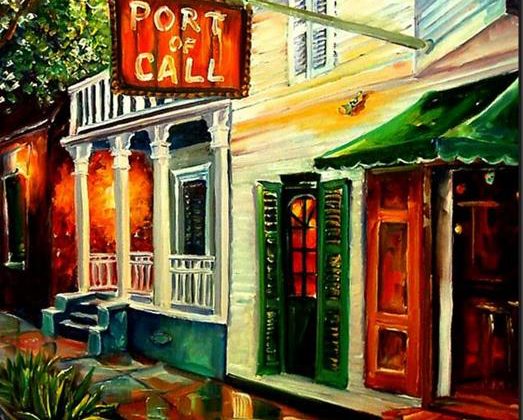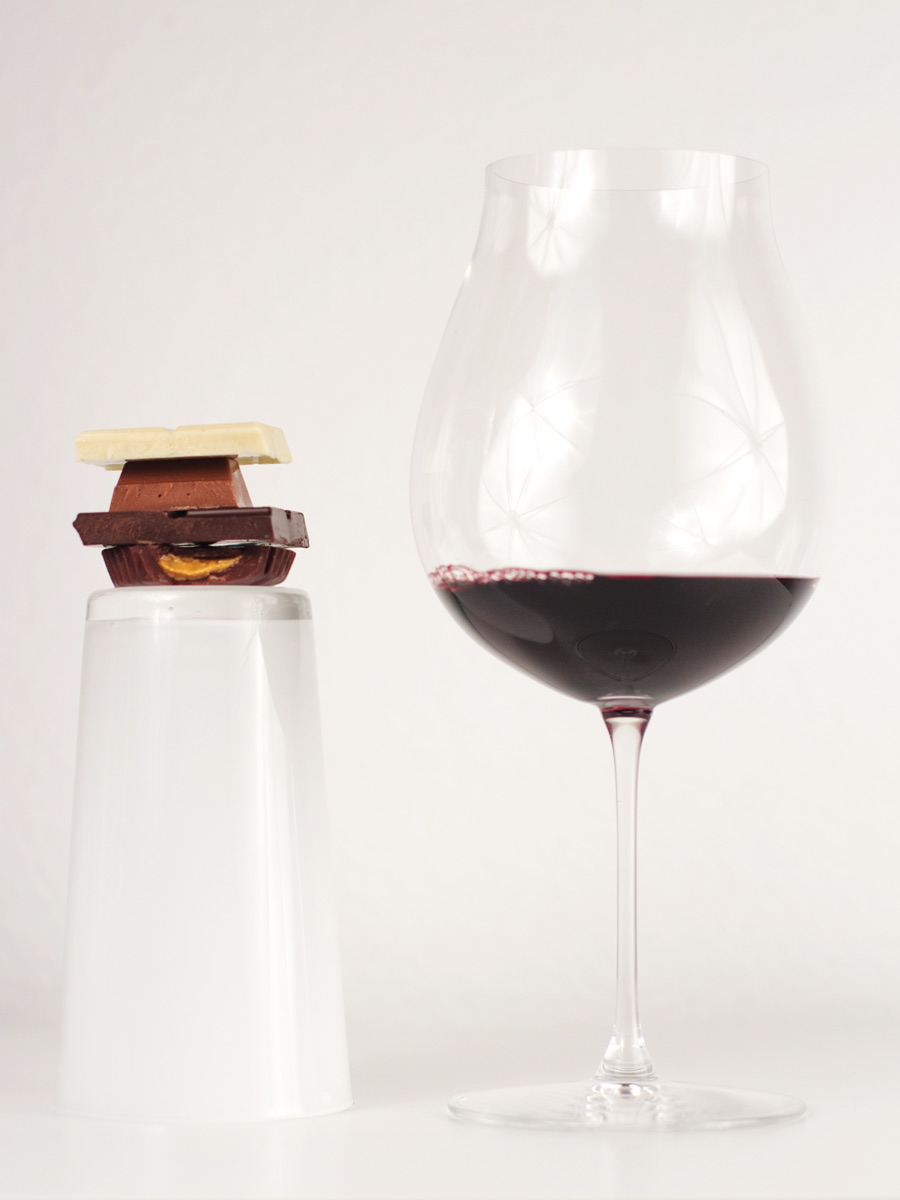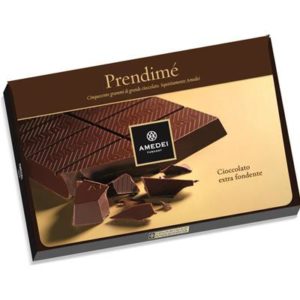Wine and chocolate
I wanted a sensual experience for Tori.
This is a slow awakening (hah!) of her senses and her appetites. You don’t just throw someone in the deep water to swim, and you don’t start with whips and chains the first time someone calls you Master.
The Chocolate
I did a little research (not a lot) about pairing chocolate with wine. As I grew into adulthood, I became a dark chocolate lover. Milk chocolate is great, of course, but there’s something special about the bitter-sweet depths of high-content dark chocolate.
I was looking up descriptions of the flavors of the chocolate experience when I stumbled across a page about the 5 most expensive chocolates in the world.
That’s when I discovered Amedei’s Prendimé. The chocolate is crafted in Tuscany by Cecilia Tessieri, the world’s first female master chocolatier (awesome, right?) and goes for $50-55 (depending on Eur-US exchange rate) for a 500gm bar. That’s a little too rich for my tastes! (Though maybe if this writing experiment goes well, I can afford to shell out for a bar; however, as it’s pretty much just friends and family buying my books right now, that may be a long way off.). Also available on their website are less expensive chocolate bars, so maybe we’ll start with that.
The Wine
I knew dark chocolate and red wine paired well together; however, there’s a large spectrum of red wine out there. So I asked Google. Come to find out, an excellent pairing with dark chocolate (or chocolate in general) is what is known as a “Late Harvest” Zinfandel. Cool.
You may be familiar with the rich, medium-bodied red wine. I like Zinfandel with a great steak. You may also know the name from its little sister wine, the introductory White Zinfandel. Both come from the same grape, they’re just processed differently. The Zinfandel grape has a dark red/purple skin around white flesh. In White Zin, the grape is quickly crushed and juiced before the red skin has a chance to discolor the wine past that pretty light pink color. For a red Zinfandel, the juice sits in the crushed, macerated skin and the pigment and tannins are transferred to the juice, which is then processed into wine. Interesting, right?
With a late harvest Zinfandel, it means that the grapes have been left on the vine to ripen and become sweeter. Thus, the wine that comes from those grapes are sweeter and more dessert-like. They’re called Port-like wines, and they have ample intensity to balance out the dark chocolate without one overpowering the other.
The more you know, right?
http://winefolly.com/tutorial/what-wines-to-pair-with-chocolate/
(I have no idea what is a good late harvest Zinfandel and my Google-fu is failing me.)
You May Also Like











